From Quiet Dreams to Dazzling Spotlights
She didn’t have to shout to own the stage. Misty Ayers had that rare magic — the kind you don’t teach, you just have. Every flick of her wrist, every dramatic turn, every smoldering look was part of a carefully crafted dance. But don’t be fooled — beneath the glitter, feathers, and lights was a girl with grit, breaking boundaries in an era that preferred women silent, still, and safe.
Misty wasn’t having any of that.
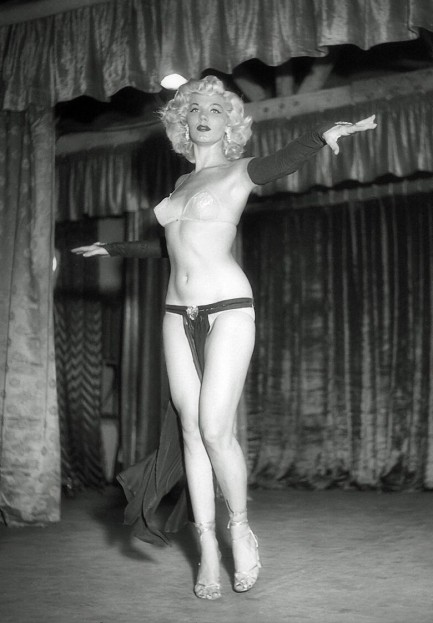
She built a name, a legacy, and a movement — all without ever saying a word. Through performance, she told stories. Through motion, she commanded attention. And through sheer will, she made burlesque something deeper than spectacle — she turned it into poetry in motion.
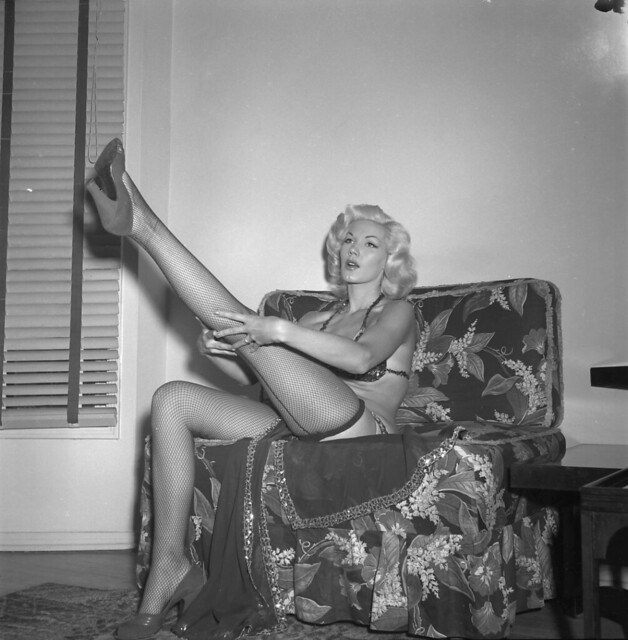
The Girl Behind the Glamour
Before the curtain ever rose, before the crowd ever cheered, Misty Ayers was just a small-town girl with big dreams and even bigger courage. Born in the post-war haze of the late 1940s, she grew up in a world still clinging to old rules. Women were expected to settle, to follow, to fade into the background.
But Misty? She didn’t get that memo.
She studied dance wherever she could. Sometimes it was formal classes, sometimes it was radio music in her bedroom. She mimicked the old silver screen stars, practiced poses in the mirror, and dreamed of stages far bigger than anything her neighborhood had ever seen.
Video: Misty Ayers – Bad Girls do Cry (1965)
Rising Through the Ranks of Classic Burlesque
The moment she stepped into her first rehearsal hall, something shifted. Misty Ayers wasn’t just another performer — she had presence. Unlike others who leaned on the sparkle, Misty built her act on emotion. She didn’t just shimmy for applause — she danced to communicate.
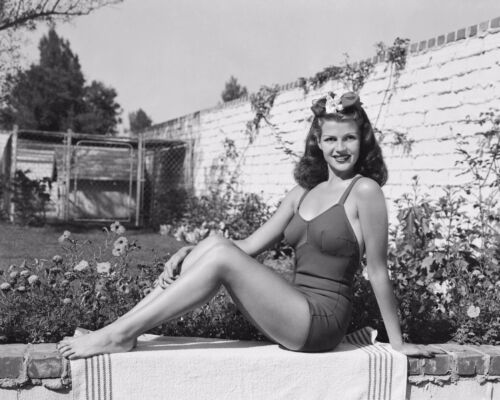
By the time she was in her early 20s, she had carved a path through the burlesque circuit, becoming a favorite among club owners and audiences alike. What made her stand out? She fused old-Hollywood storytelling with bold sensuality, crafting numbers that made the audience feel something real.
While others relied on gimmicks, Misty relied on nuance. And it paid off — in standing ovations, full houses, and whispers that a new legend was in the making.

The Woman Who Turned Movement Into Language
Here’s the thing about Misty: she made silence sing.
Her performances were often low on dialogue, but rich in narrative. One routine might tell the tale of a forbidden love, another a defiant escape. She used choreography the way a painter uses brush strokes — every movement carefully chosen to evoke something deeper.

She became known for her signature style: slow, sultry turns paired with sudden bursts of high-energy kicks or bold, playful winks. It was never just about being sexy — it was about being heard through the language of the body.
And it worked. People left her shows talking about how she made them feel — not just what they saw.
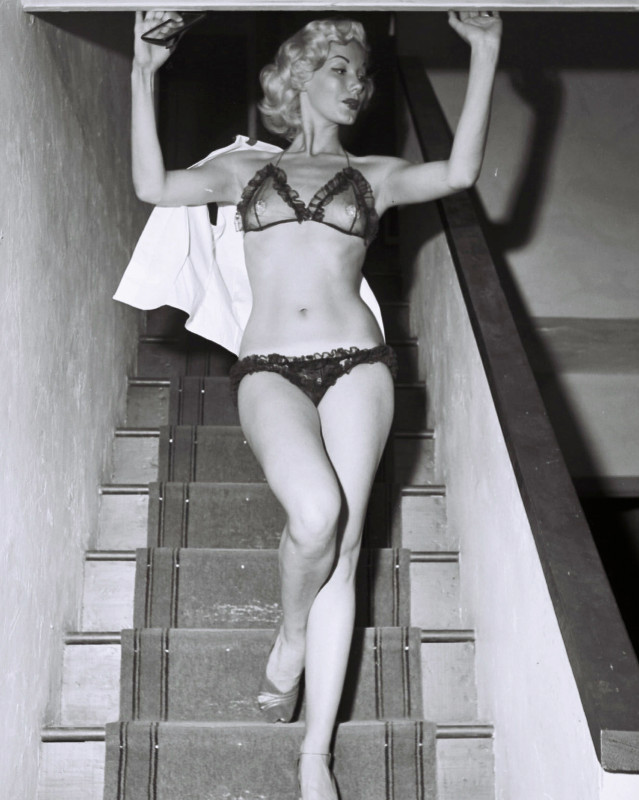
Breaking Barriers in a Male-Dominated Industry
Let’s not sugarcoat it: the entertainment world in Misty’s prime wasn’t built for women to lead. It certainly wasn’t built for them to take control of their image. But Misty Ayers pushed back hard.
She negotiated her own contracts. She demanded creative input in her sets and costuming. And — perhaps most impressively — she refused to conform to the “one-size-fits-all” image of showgirls at the time. She embraced her natural curves, her distinct style, and her unapologetic fire.
That boldness opened doors not just for herself, but for the many performers who came after her. Misty showed that you didn’t need to be loud to be powerful. You just had to be authentic.
Video: Bad Girls Do Cry – Full Movie – B&W – Exploitation/Crime – Misty Ayers – Sid Melton (1965)
Feather Boas, Film Reels, and Lasting Influence
Eventually, Hollywood came calling. Misty’s elegance and charisma translated beautifully to the screen. She appeared in a handful of films during the late ’70s and early ’80s — not blockbusters, but cult classics where she often stole the show with minimal screen time.
She also began mentoring younger dancers. She didn’t gatekeep her secrets — she shared them. To Misty, success wasn’t about being the only star in the room. It was about keeping the art alive.
Her influence is still felt in modern burlesque revivals and dance circles. Performers from Las Vegas to London still study her routines, drawing inspiration from the way she blended vulnerability with power.
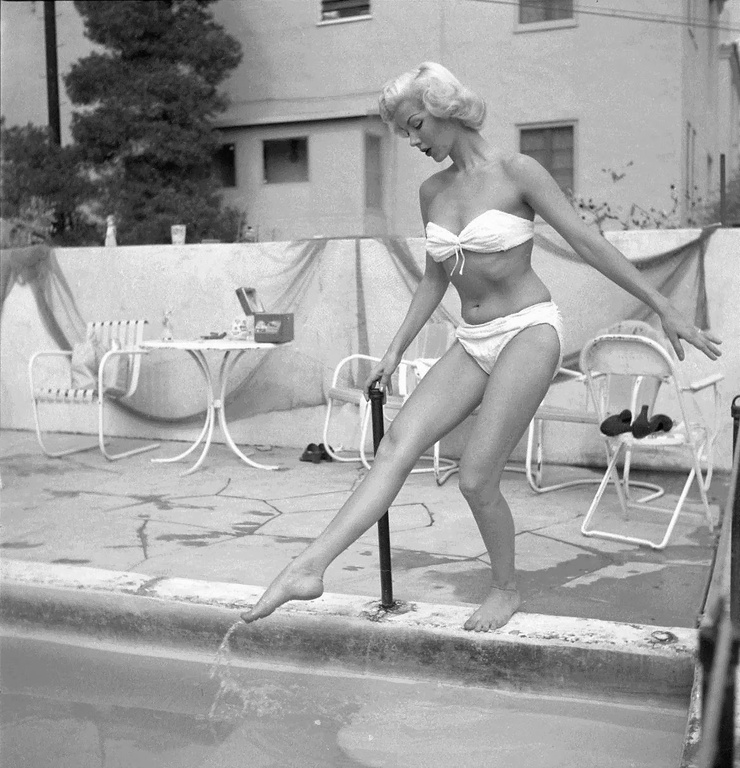
The Quiet Queen of the Spotlight
Misty Ayers never chased tabloids. She didn’t crave the chaos of celebrity. What she wanted was respect for her craft — and she got it. While her name might not be as instantly recognizable as some flashier stars, within the performance world, she’s royalty.
And honestly? That suits her just fine.
She let the work speak for itself. She trusted the art to do the talking. And that’s exactly why her legacy continues to grow — not through noise, but through echoes.
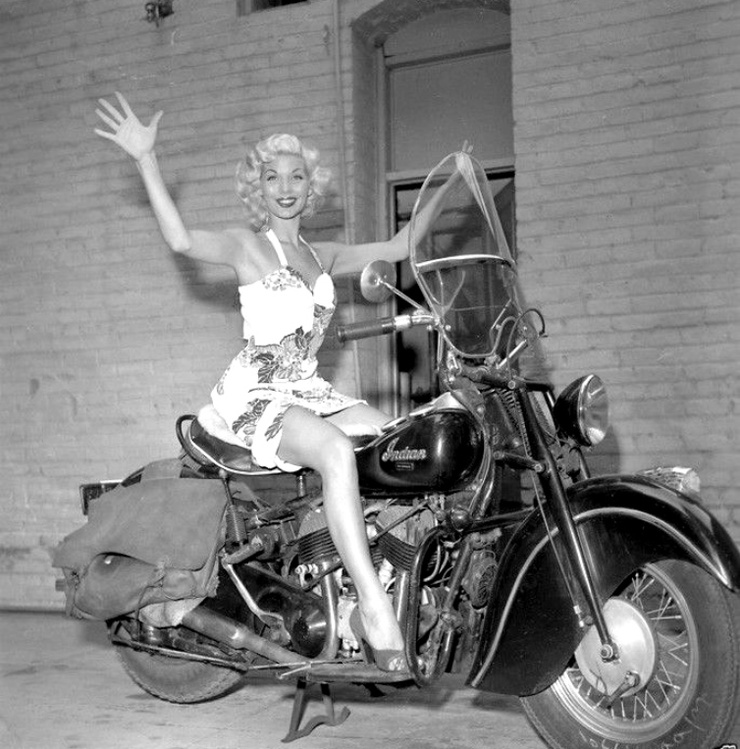
Conclusion: Misty Ayers — A Legend Written in Grace and Grit
In an industry obsessed with volume, Misty Ayers taught us the power of restraint. In a time that tried to silence women, she spoke through movement. And in a world that valued glitter over grit, she quietly proved you could have both.
She didn’t just twirl. She transformed.
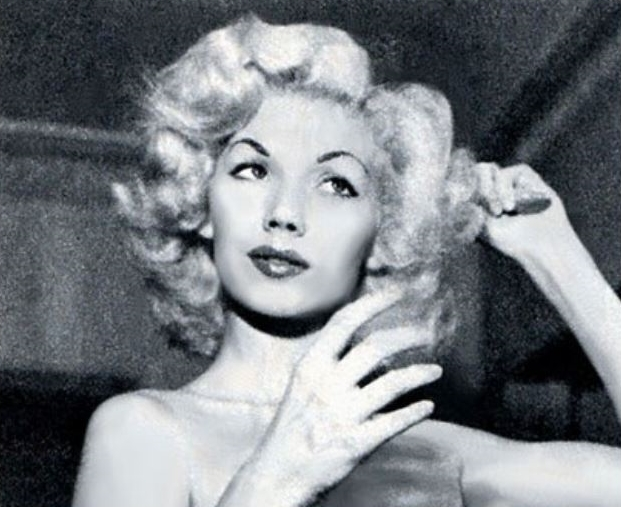
Misty Ayers remains a living reminder that the most powerful performances don’t need words. They need intention. She didn’t just perform burlesque — she elevated it into something unforgettable. And that, more than anything, is what makes her a true icon.